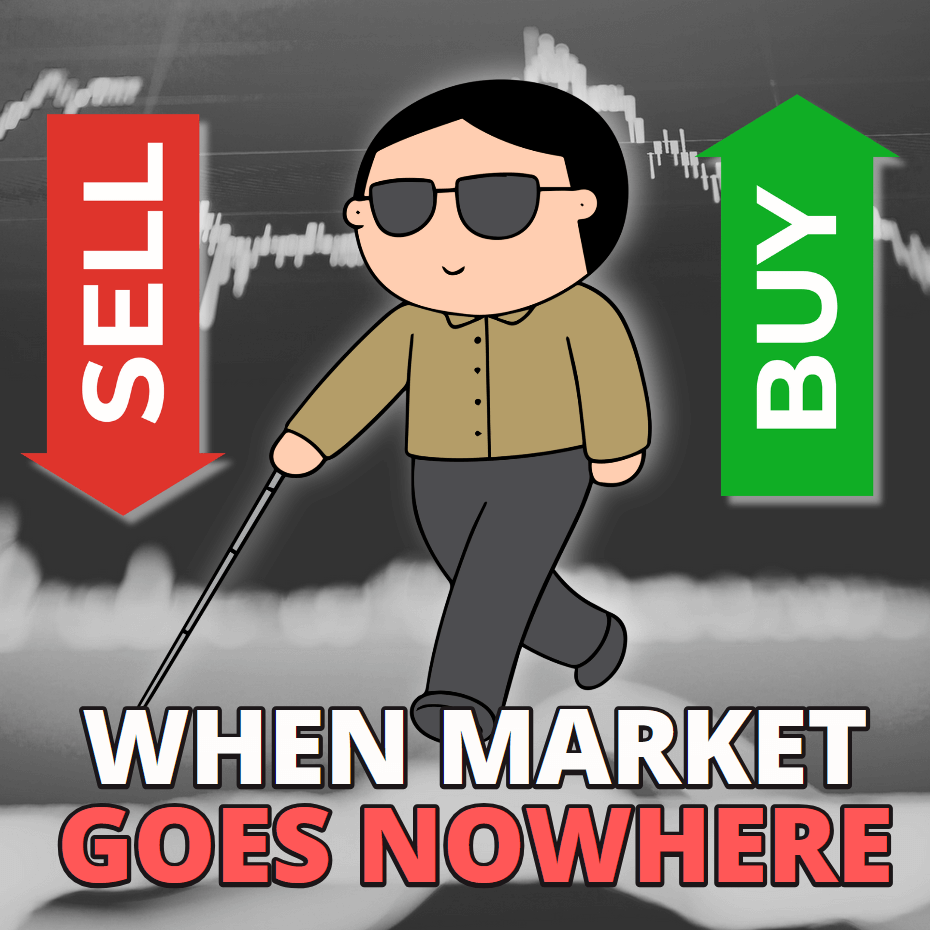Video Transcript:
Hello
everyone, it’s Dale here, and in this video, I’ll show you how to trade when
the markets are going nowhere, and the price is in a rotation.
You
know, last week many trading instruments were in a rotation, and for many
people, that means they don’t have many trades. And if they do catch a trade,
it doesn’t really go as planned. For many, this is just frustrating, but it
doesn’t need to be like this. When there’s a rotation or sideways price action,
you can adjust your trading to account for it. You can use specific setups and
strategies to trade during a rotation, and I think learning this is very
helpful because markets are often in a rotation.
Let
me show you. I would say maybe 70 to 80% of the time, the market is in a
rotation. If you look at this chart—this is the AUD/USD 30-minute
chart—you’ll see one huge rotation from last week. Right before that, there was
a trend, but again, there were many rotations: here, here, and also here.
Let
me move the chart a bit. We have a rotation here, another here, and one more
over here. As you can see, the market is full of these areas where the price
just rotates and goes nowhere. We, as traders, need to adapt to that and learn
how to trade in conditions like these.
Now,
typically, rotations occur when there are no macroeconomic news events to
create volatility. For example, they often happen during summer months,
holidays, or around Christmas. Sometimes, they occur simply because there’s
nothing to drive the market up or down. As you can see, rotations are pretty
common.
Let
me now show you how we can trade when there’s a rotation. I’ll demonstrate this
using the example from last week, which was a very long rotation—perfect for
this demonstration.
When
there’s a rotation like this one, you want to trade from the extremes of the
rotation and target the center. That means going short from areas like these
and going long from areas like these. Your target should be the center of the
rotation—this is where you take profit. You don’t trail your trades; you simply
take profit at the center of the rotation because, in a rotation, the price
tends to return to the center. So no trailing—just quick in-and-out trades.
Let’s
look at this in more detail. You want to focus on strong swing points and trade
from them. Ideally, you’ll use the volume profile or another indicator to
identify exact levels to trade from. In this case, I’m looking for significant
volume zones.
Here’s
a significant volume zone within this rejection. This heavy volume zone points
me to this level, indicating a short trade opportunity. There’s another strong
rejection here. If you examine it, you’ll find another significant volume zone,
which points to this level for a short trade. As I mentioned earlier, when you
take a short trade, you target the center of the rotation, which in this case
is somewhere around here.
These
swing points represent resistance and support zones in a rotation. You can
trade from them because, during a rotation, these zones act as barriers. For example,
if you see a pullback to this level, you can go short. For longs, you look for
similar swing points, like this one, which acts as support. The price is likely
to react to such support levels, providing a long trade opportunity.
Remember,
these setups are ideal for trading during rotations. When the market is
trending, you’ll need to use different setups. But in a rotation, you trade
from swing highs and lows, as the price rarely moves past these points.
Also,
the longer a rotation lasts, the higher the probability that it will end with a
strong trend. What often happens is that the rotation tightens into a flag
formation, followed by a breakout into a strong trend. Keep an eye out for
these signs. The longer the rotation, the more you should expect a trend to
begin. Once the trend starts, switch to trend-based setups.
Now,
the market has been in a rotation for many days. If I look at the macroeconomic
news calendar—I’m using the Forex Factory calendar and focusing only on
red-flag news events—there are quite a few this week that could spark price
movement.
For
example, there’s inflation data for the Canadian and New Zealand dollars.
Tomorrow, there’s inflation data affecting the British pound, and unemployment
news for the Australian dollar. There are also major U.S. dollar events,
including the interest rate decision and press conference for the Euro. These
are strong macroeconomic events that could create volatility and cause the
markets to start moving again.
When
trading during a rotation, it’s helpful to anticipate when the rotation might
end. You don’t want to use rotation setups if a trend is about to begin.
That’s
about it. If you found this interesting, we cover these topics in detail every
day in our live trading room. If you’d like to join us and trade with us daily,
I’ll drop a link below this video. If you click it, it will take you to the Funded Trader Academy
page. You’ll find a video there explaining everything that’s included, along
with a calendar where you can book a one-on-one call with us. We’ll walk you
through the program in more detail, so you can decide if it’s the right fit for
you.
Alright,
that’s it for now. Thanks for watching, and I look forward to seeing you next
time. Until then, happy trading!
